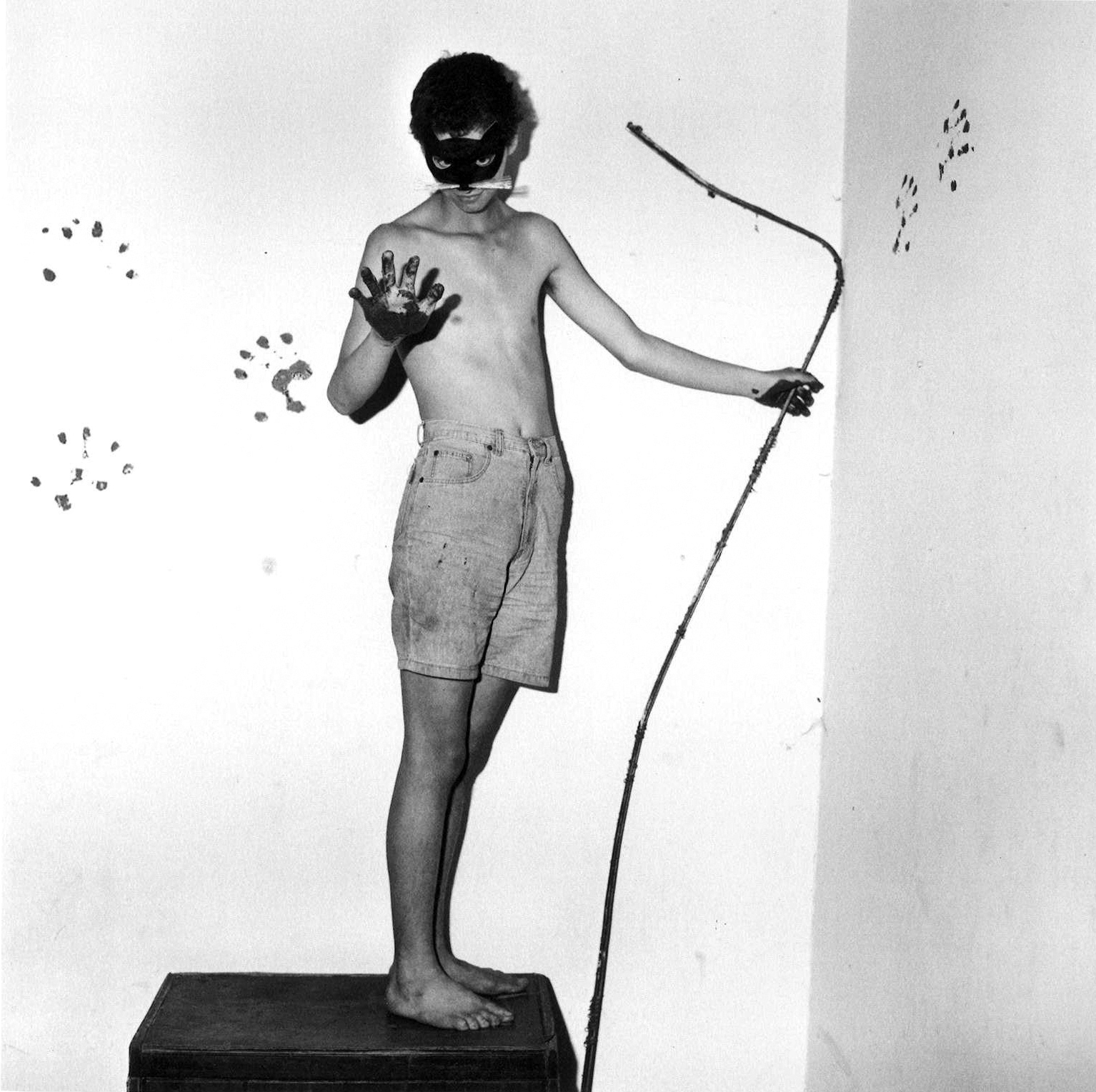In one of Roger Ballen's most well-known images, a picture of F. de Bruin of the Orange Free State prison service, the elderly sergeant looks out at us with the forlorn look of a tired beagle, not at all the face of an enforcer of white supremacy. The subject's belt is slack, his uniform slightly too big for his small frame, with the stitching coming apart on the lapel.
Ballen composed the shot so that a wire traversing the frame behind the sergeant's head exactly coincides with the subject's eye level and subtly cuts the image one third of the way down. Ballen has commented that it was in fact a twist in the wire that had originally piqued his interest, and that the prison officer turned up after Ballen had decided to take a closer look at this small detail.
The image is square, like all of Ballen's work, and it's no coincidence that the two photographers that Ballen is most compared to, Diane Arbus and Joel-Peter Witkin, are also known for using the square format. The neat geometry of the square strongly encloses its subject matter, shutting it off from the outside world. At the same time as being more self-contained than the rectangular format, the square has a formality and stability to it, which, on the face of it, seems to run counter to the aberrant, horror-inflected nature of the content pursued by Ballen and his aesthetic compeers.



